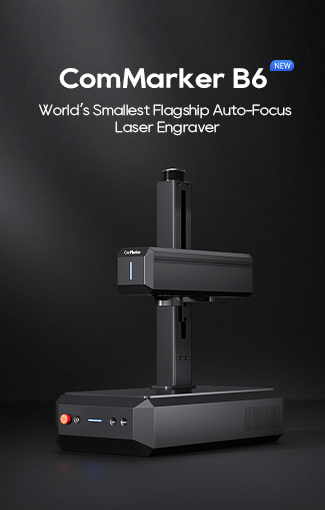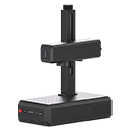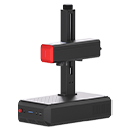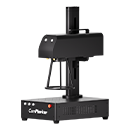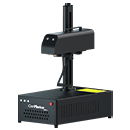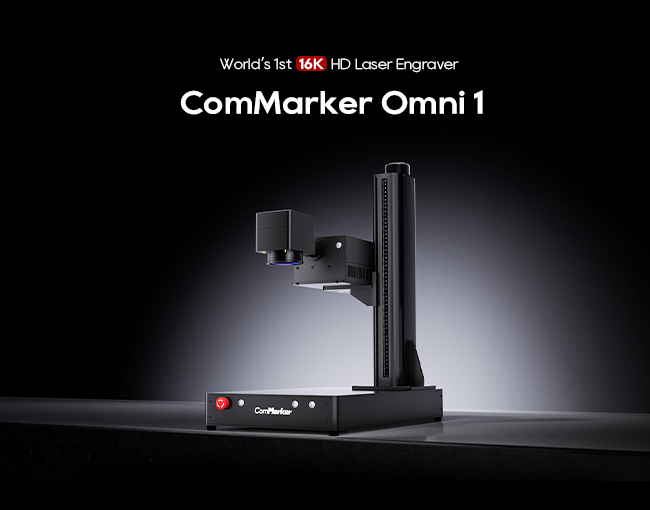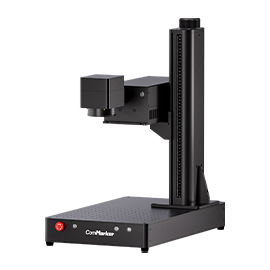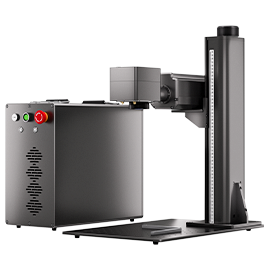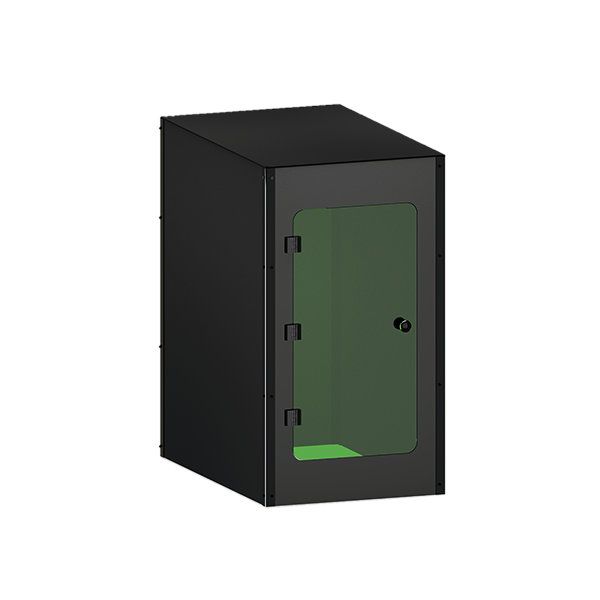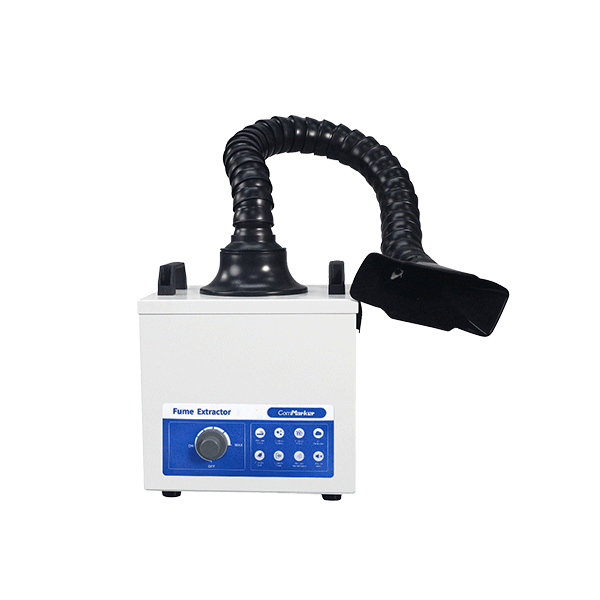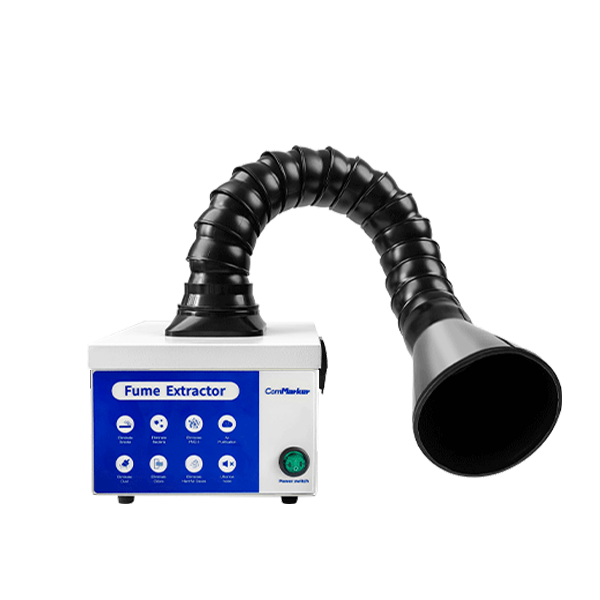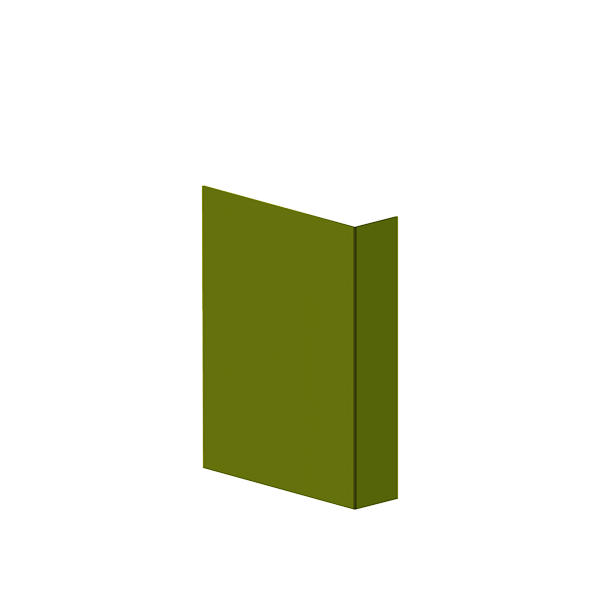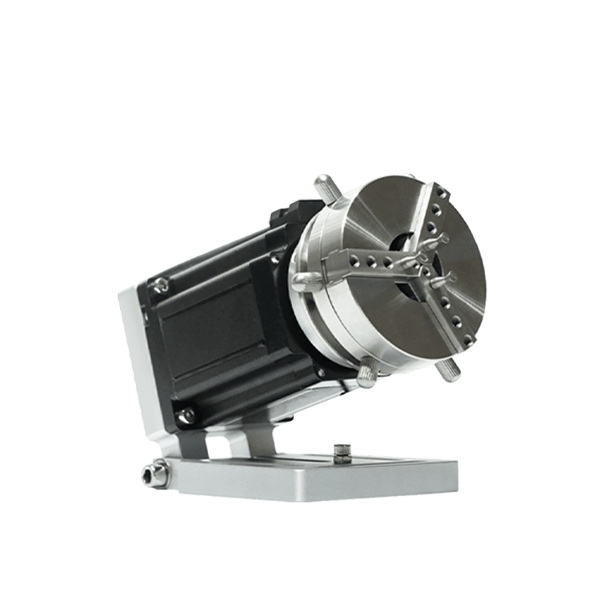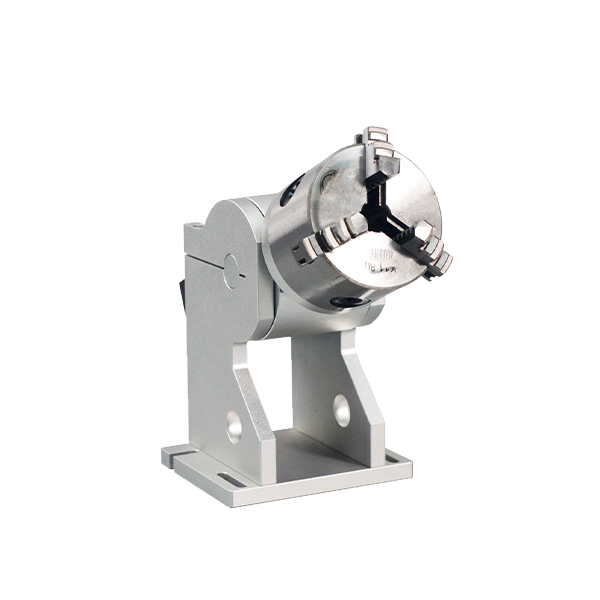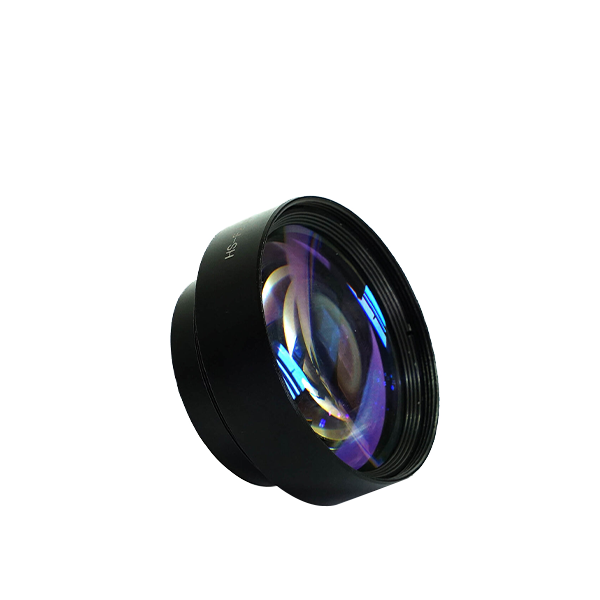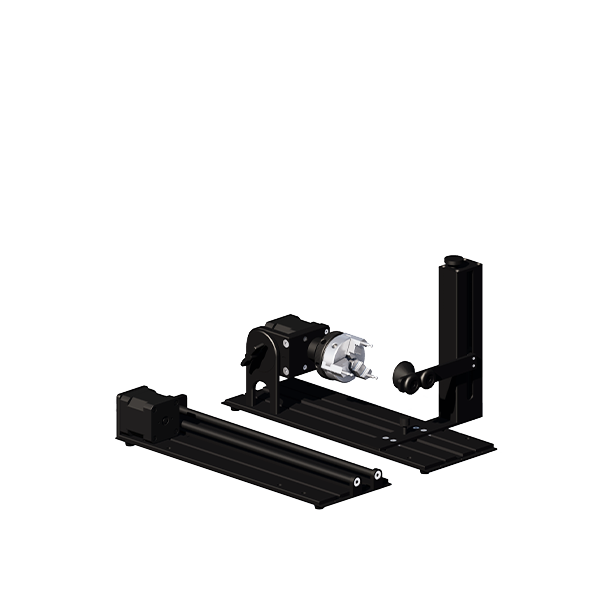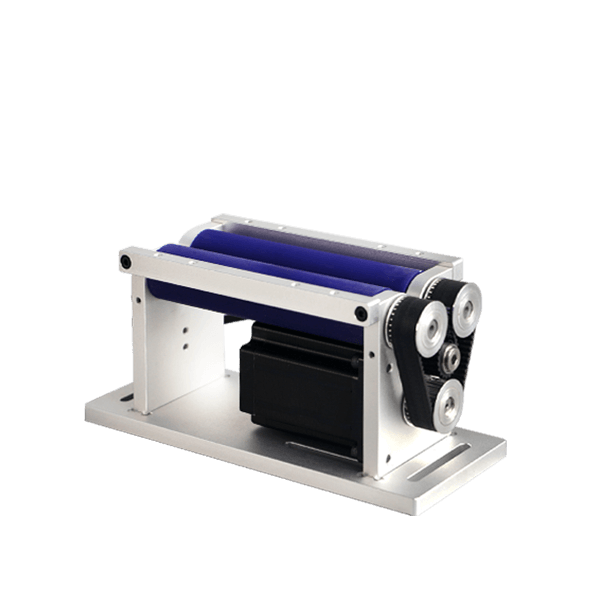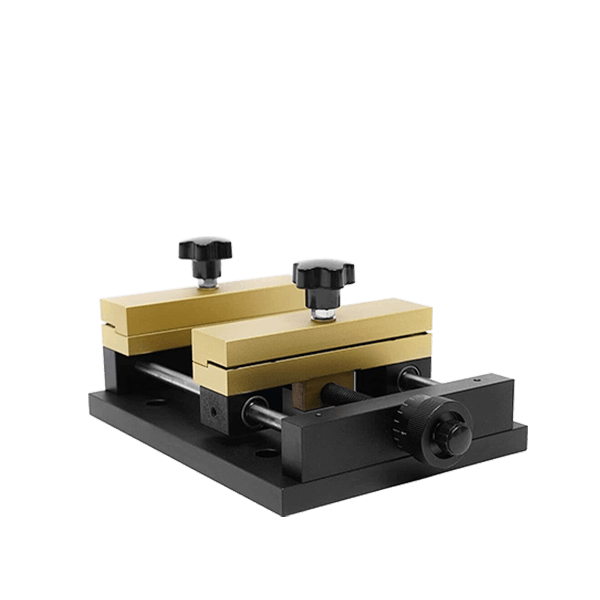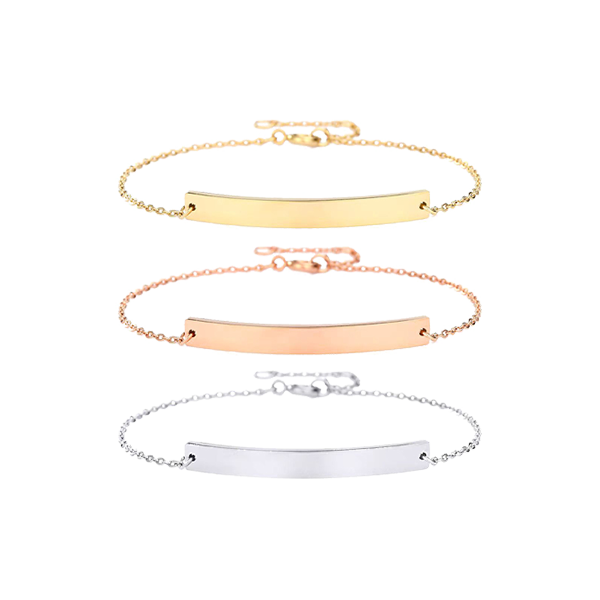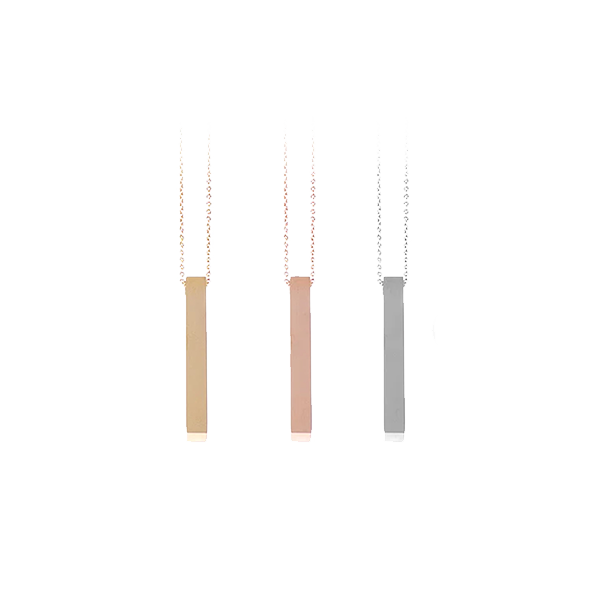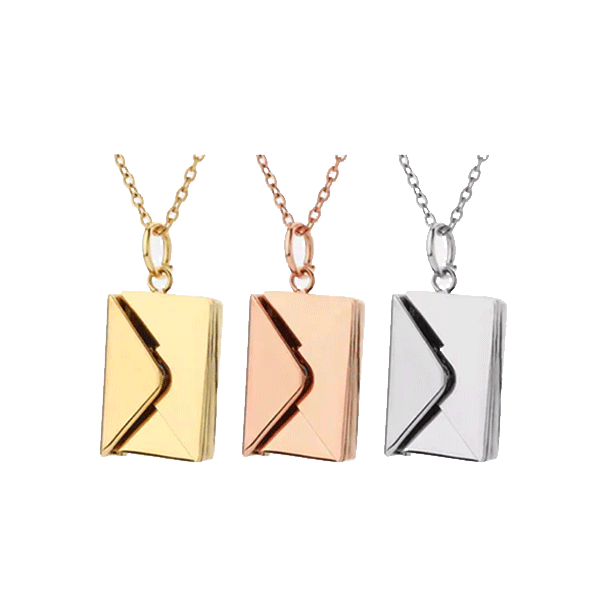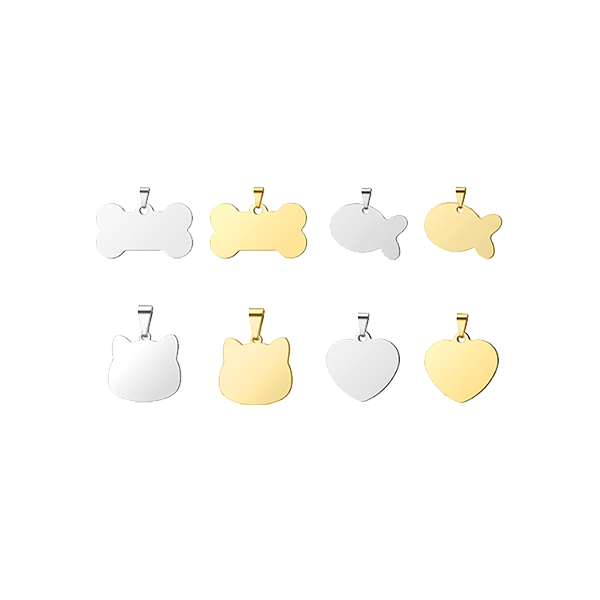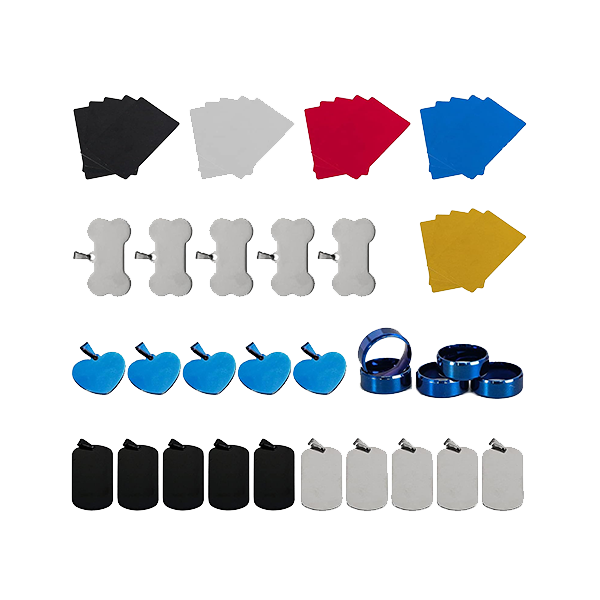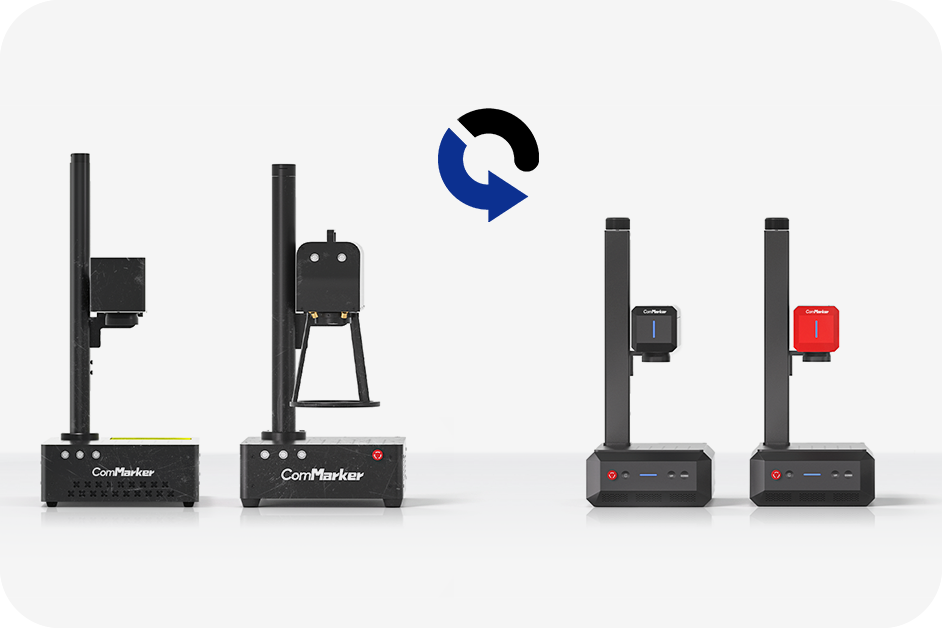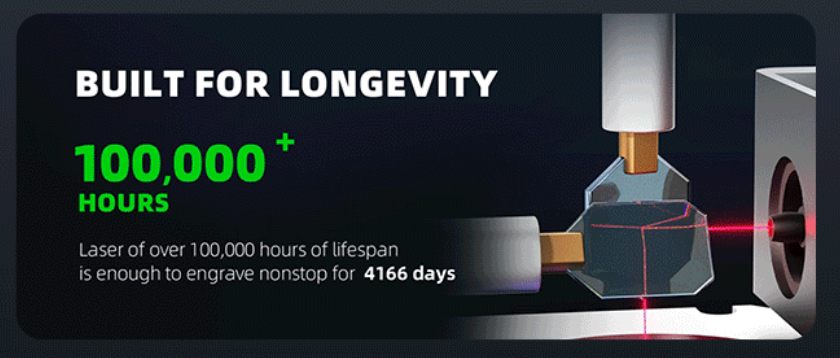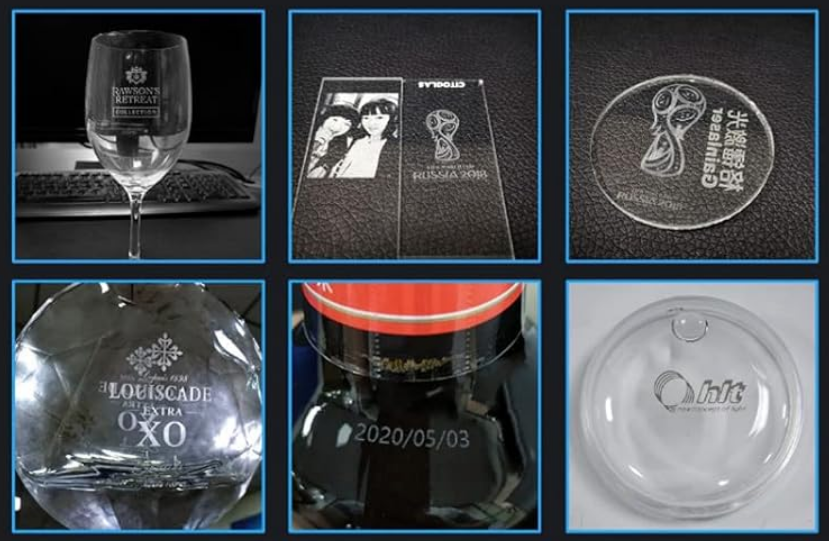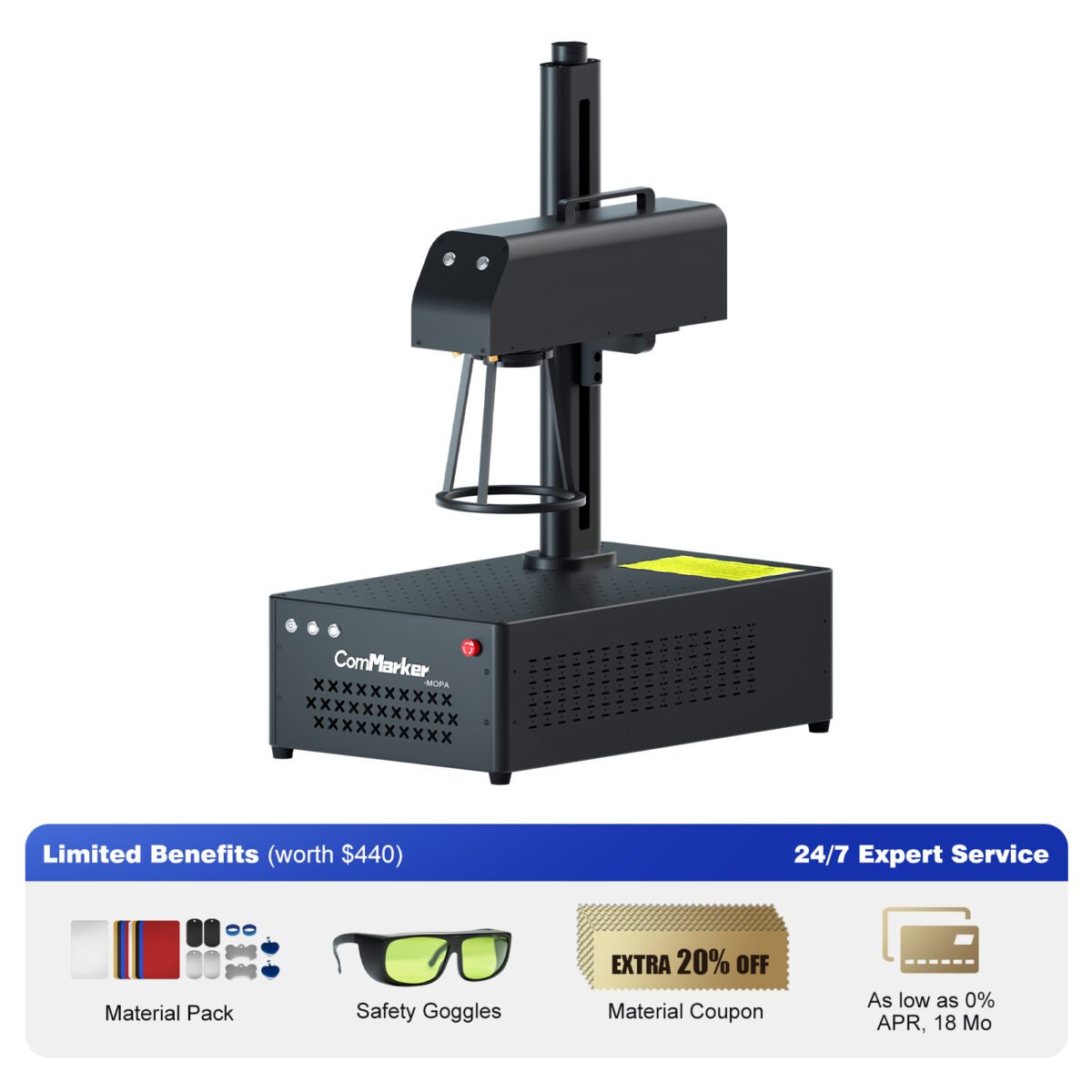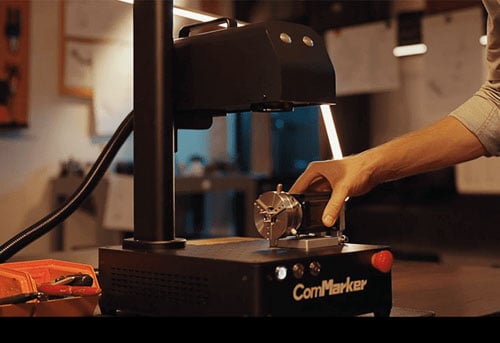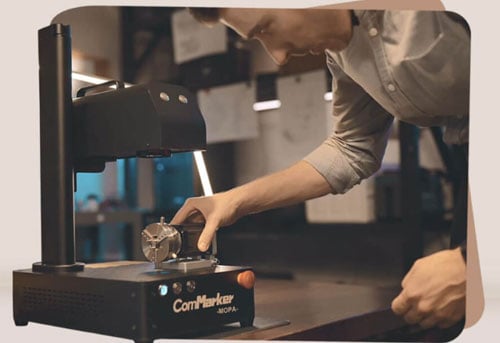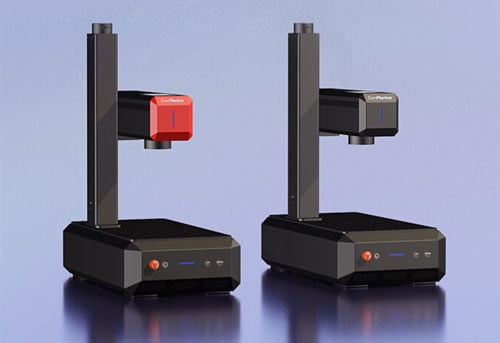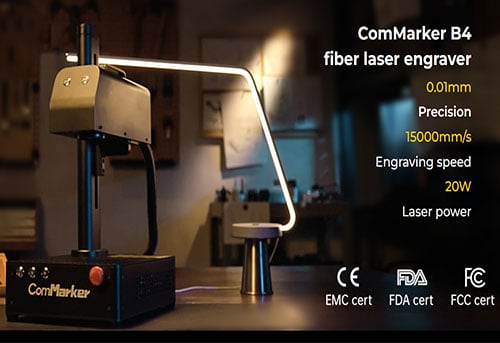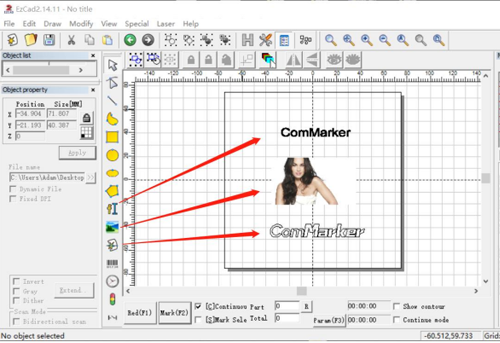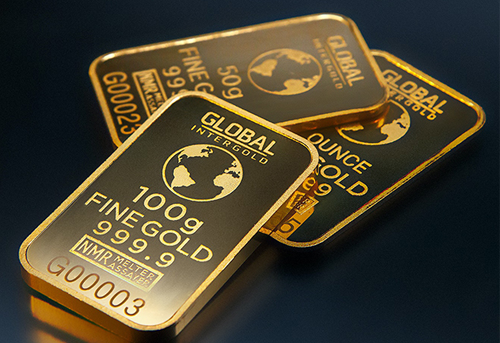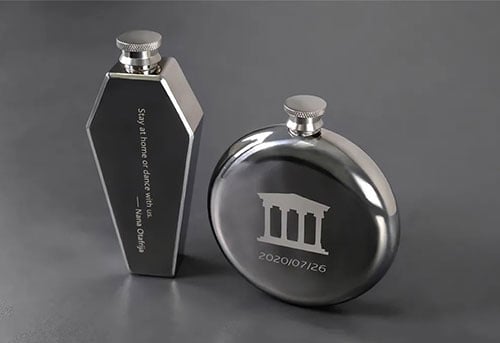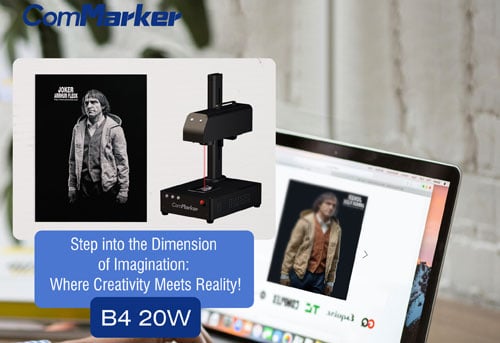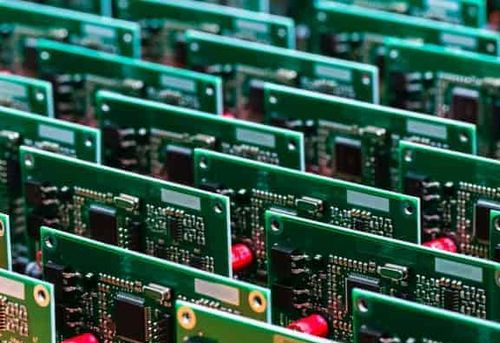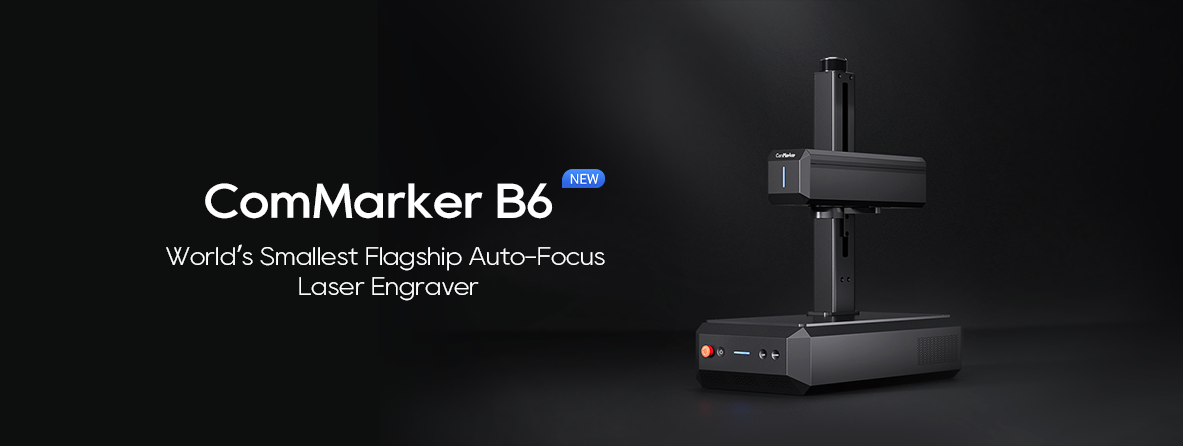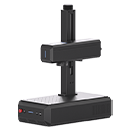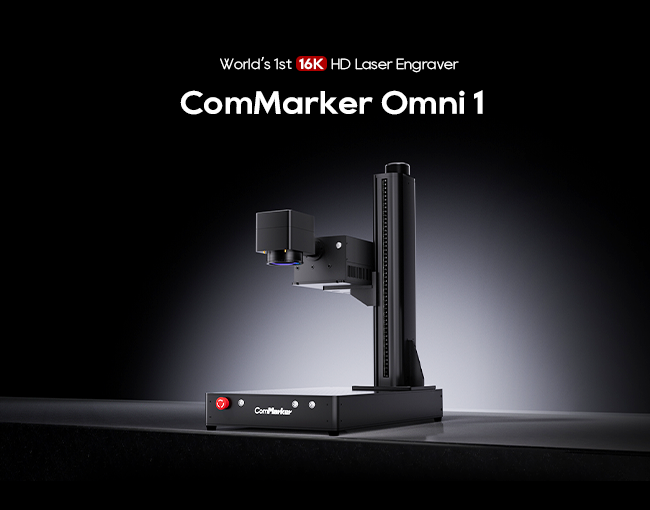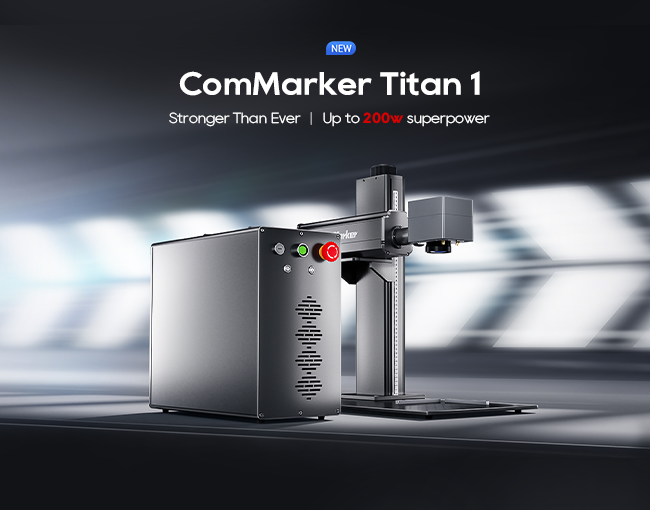Introdução
Fiber lasers are renowned for their precision and efficiency in cutting and engraving various materials, particularly metals. No entanto, a frequently asked question in the laser cutting community is whether fiber lasers can effectively cut glass. This comprehensive article explores the capabilities and limitations of fiber lasers in cutting glass. We’ll delve into the different types of glass that can be cut with fiber lasers, the challenges involved, and the innovations brought by the brand ComMarker.
Compreendendo os lasers de fibra
Fiber lasers operate by generating laser beams through a fiber optic cable doped with rare elements such as ytterbium. These lasers produce light at a wavelength of approximately 1,064 nm, which is particularly well-suited for metal processing. The high absorption rate of this wavelength in metals allows for precise and efficient cutting and engraving. No entanto, this specific wavelength poses challenges when it comes to cutting non-metallic materials like glass.
The Challenges of Cutting Glass with Fiber Lasers
- Wavelength Compatibility: O comprimento de onda dos lasers de fibra (1,064 nm) is not as readily absorbed by glass as it is by metals. Glass tends to have a lower absorption rate at this wavelength, making the cutting process less efficient and potentially leading to incomplete or uneven cuts.
- Condutividade Térmica: Glass has a lower thermal conductivity compared to metals, which can cause localized heating and thermal stress during the cutting process. This can result in cracks or fractures, making it difficult to achieve clean and precise cuts.
- Glass Material Properties: The inherent properties of glass, such as brittleness and susceptibility to thermal shock, add to the complexity of cutting with fiber lasers. The high-intensity laser beam can cause rapid heating and cooling, leading to stress points that can crack or shatter the glass.
Types of Glass and Fiber Laser Capabilities
- Tempered Glass:
- Descrição: Tempered glass is a type of safety glass that has been heat-treated to increase its strength. It is commonly used in car windows, shower doors, and architectural applications.
- Desafios: The enhanced strength and thermal resistance of tempered glass make it particularly challenging to cut with fiber lasers. The rapid heating from the laser can cause the glass to shatter, making this process unsuitable for most fiber laser systems.
- Laminated Glass:
- Descrição: Laminated glass consists of multiple layers of glass with an interlayer, usually made of polyvinyl butyral (PVB). This type of glass is used in windshields and skylights for its safety and sound insulation properties.
- Desafios: The multi-layer structure of laminated glass presents a significant challenge for fiber lasers. The laser may cut through the outer glass layers but struggle with the interlayer, leading to incomplete or jagged cuts. Adicionalmente, the laser’s interaction with the interlayer can cause delamination, compromising the structural integrity of the glass.
- Float Glass:
- Descrição: Float glass is a flat, smooth type of glass used in windows, espelhos, and picture frames. It is one of the most commonly produced types of glass.
- Desafios: While fiber lasers can cut float glass, the process requires careful calibration to avoid imperfections such as chipping or cracking. The laser’s intensity must be finely tuned to ensure a smooth cut without overheating the glass.
- Glass with Coatings:
- Descrição: Glass with special coatings, such as anti-reflective or low-emissivity coatings, is used in various applications, including architectural glazing and display screens.
- Desafios: Coatings can interfere with the laser cutting process, leading to inconsistent cuts or damage to the glass. The coating material may reflect or absorb the laser beam differently than the glass itself, complicating the cutting process.
ComMarker: Innovating in Fiber Laser Technology
ComMarker is at the forefront of advancing fiber laser technology, offering solutions that expand the range of materials these lasers can handle. While traditional fiber lasers have limitations with glass, ComMarker has been exploring ways to improve the interaction between the laser and non-metallic materials. Innovations include:
- Customized Laser Parameters: ComMarker systems allow for precise adjustments in laser power, velocidade, e foco, which can be optimized for specific types of glass. This customization helps mitigate issues such as thermal stress and cracking.
- Enhanced Beam Quality: By improving the quality and stability of the laser beam, ComMarker systems can achieve cleaner cuts with reduced risk of imperfections. This is particularly useful for applications where the aesthetic quality of the cut is crucial.
- Safety and Efficiency: ComMarker emphasizes safety in laser processing, offering features like enclosed work areas and advanced cooling systems. These innovations help prevent overheating and protect both the operator and the material.
Conclusão
While fiber lasers, including those from ComMarker, offer remarkable capabilities in cutting and engraving metals, their application in cutting glass remains limited by the fundamental properties of the laser wavelength and the material. Specific types of glass, such as float glass, may be cut with fiber lasers under carefully controlled conditions, but challenges remain with more complex or treated glass types like tempered and laminated glass. À medida que a tecnologia avança, the potential for fiber lasers to handle a broader range of materials, including various glass types, continues to grow. Understanding these limitations and innovations helps users make informed decisions about the best tools and technologies for their specific applications.
Máquina de marcação a laser de fibra ComMarker B4 60W JPT MOPA
Portátil & Acessível: A máquina de marcação a laser de fibra B4 MOPA 60W pesa apenas 22 kg; tamanho compacto dentro de 336*555*635mm. Elevação Elétrica: Motor de elevação oculto integrado para foco preciso. Marcação de cores & Super capacidade de corte: Capaz de gravar cores em aço inoxidável, preto e branco em alumínio, e corte de metais de até 2 mm de espessura com precisão de 0,01 mm. Espaçoso…




